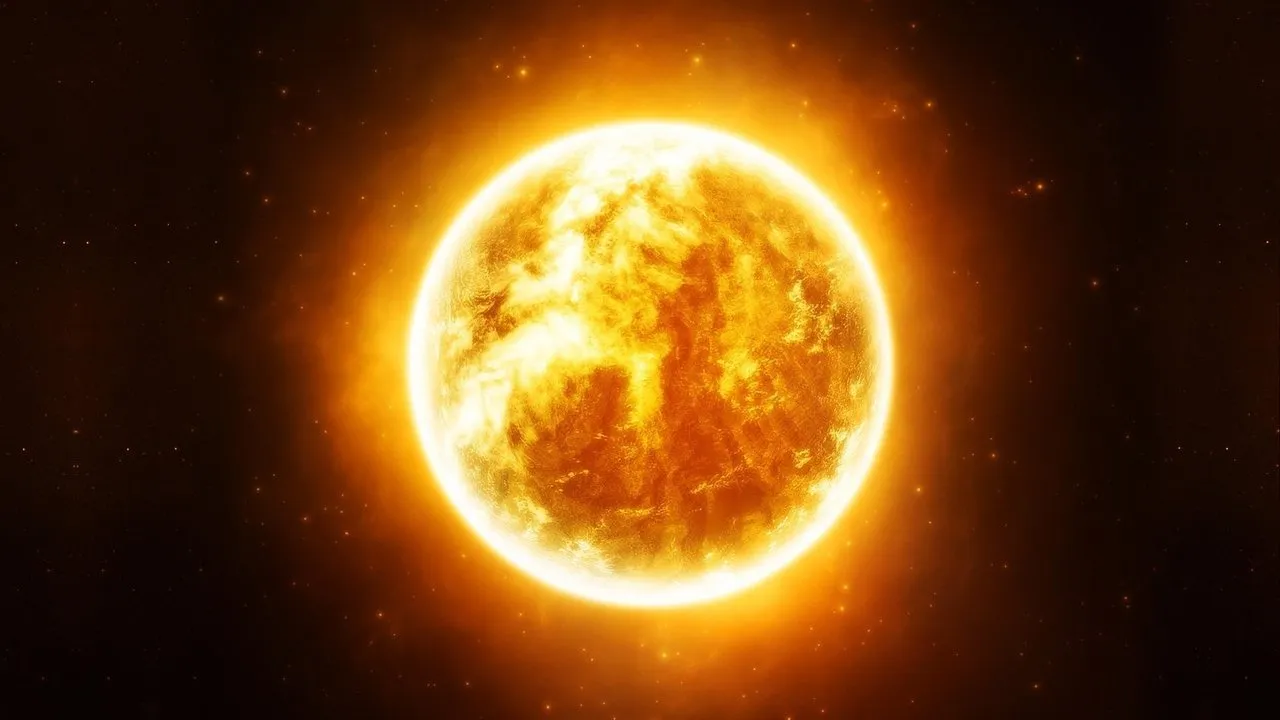Even though poets and writers have often conjured up pure sunlight, it is not immaculate. Sunspots are a sign that our central star is anything but static.
The sun also has extraordinarily strong magnetic fields caused by the flow of electrically conductive gases. The conductivity inside the sun corresponds to that of copper at room temperature. The inside of the sun acts like a gigantic dynamo, visible effects are the sunspots and the protuberances.
Sunspots are relatively cool areas of the sun's atmosphere. Their temperature lies between 3700 and 4,500 degrees Celsius, because in the sun the magnetic fields inhibit convection currents, so that less energy is transported to the outside.
The darkest and coolest zones on the sun are places with the strongest magnetic fields. Sunspots occur in groups, usually with two prominent spots dominating. One spot is a magnetic north pole, the other a south pole.
Such spots are mostly aligned in east-west direction parallel to the sun equator. Between them magnetic field lines are formed as loops and long ago ionized gas is captured in form of protuberances. The sunspots have a cycle of about eleven years, during a spot minimum hardly sunspots are visible.
Over time, patches increasingly form in an area of 30 degrees north and south latitude. From this active spot belt they move increasingly towards the equator. After about five and a half years the maximum is reached and the number of spots slowly decreases. After one cycle, the magnetic field of the sun has changed polarity, the magnetic north pole at the front is now the magnetic south pole.
The exact causes of this are not yet fully understood, but probably the magnetic field of the sun will be twisted and swirled by the different flow velocities at the equator and in the poles until it tilts.

 Part 5
Part 5 


